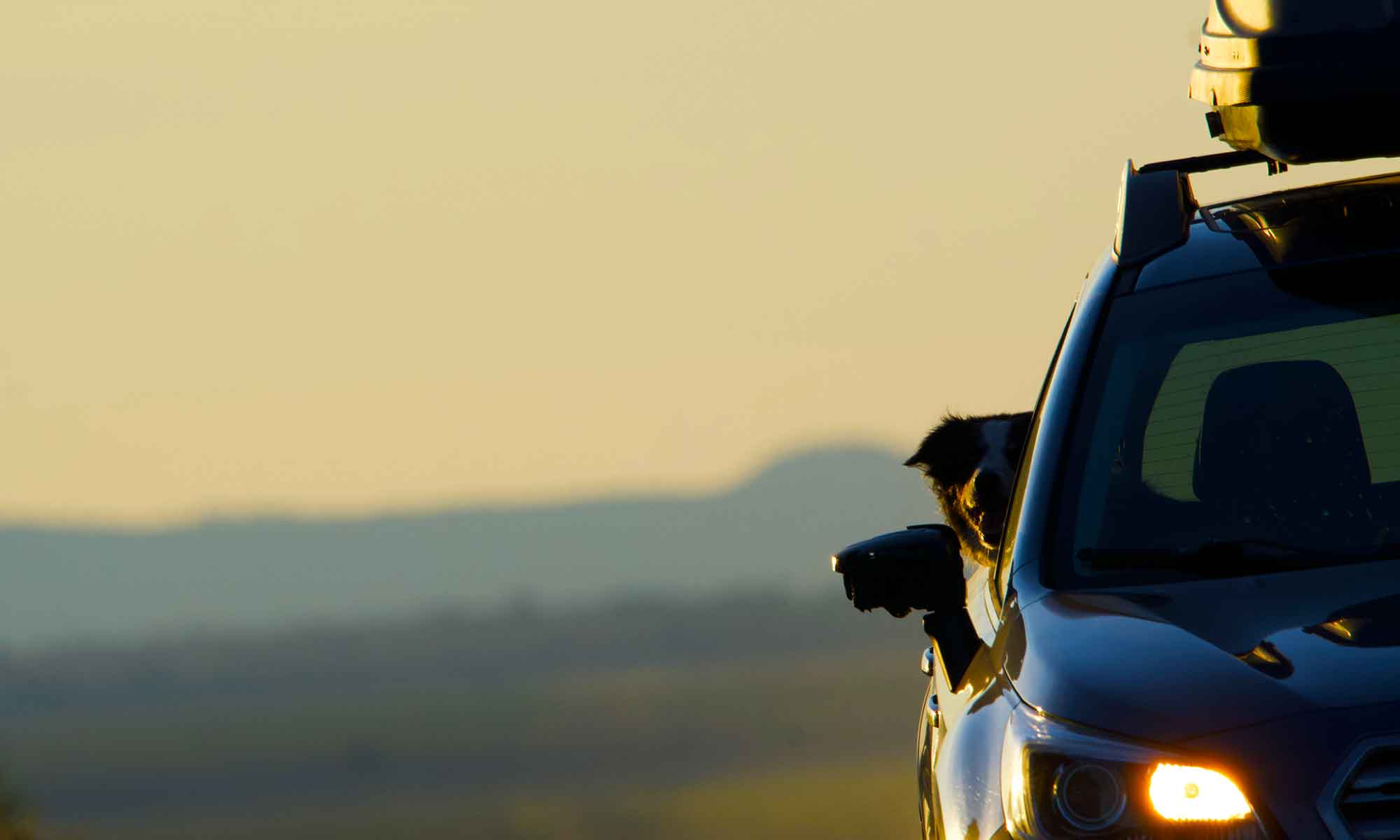
Fly fishing makes up a major portion of our weekly excursions and winter weather can add some difficulty to our plans.
Late fall typically marks the end of the regular fishing season. Fortunately Oregon has waters that remain open year round. Fish don’t stop feeding when the snows come and the lakes freeze. Bug hatches still occur regularly, you just use smaller patterns or fish imitations of insects found subsurface.
The biggest adjustment to off season fishing is you need to layer up before going to the stream. A near freezing morning on a typical cloudless Central Oregon day can warm to shirtsleeve temperatures by afternoon. Fingerless gloves are also an essential addition to the ensemble.
 Three streams with access all year are the Fall River, Deschutes River (middle and lower stretches) and the Crooked River.
Three streams with access all year are the Fall River, Deschutes River (middle and lower stretches) and the Crooked River.
When the temperature drops we might have to hike though a blanket of snow to get to the water.

As for the snow Central Oregon is blessed with more clear than cloudy days. While Bend and La Pine can get accumulations of two or more feet, our roads are well maintained and in just a couple of clear days any snow pack is reduced at lower elevations.
The Deschutes and Crooked Rivers run through basalt column canyons that are sparsely timbered. This exposure to the sun seems to keep river banks clear of snow.
 Closer to home, the Fall River wanders through a forested landscape and it’s banks hold snow much longer.
Closer to home, the Fall River wanders through a forested landscape and it’s banks hold snow much longer.
The river is a few hundred steps off a well traveled road with numerous pullouts and a clearly marked walking path runs along both banks.

The winter weather hasn’t been a deterrent in getting out. January cold spells mean we bundle up and add a shot of whiskey to the cocoa for extra oomph. We still like to enjoy the days outside.












